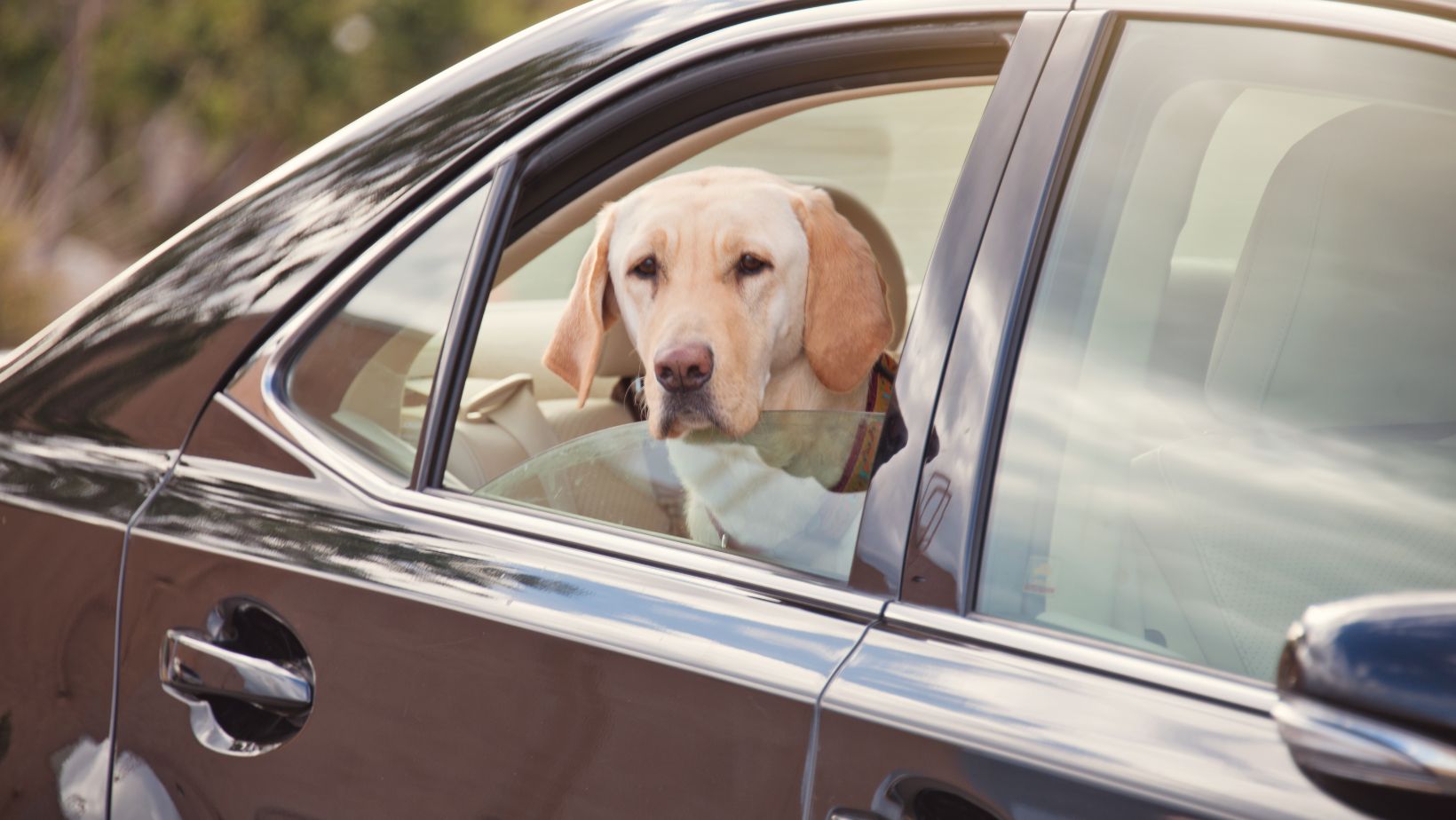How to Train a Police Dog
Training a police dog, especially a Labrador, requires specific techniques and secrets to ensure their success in law enforcement. In this article, I’ll share valuable insights on how to train a police dog with Labrador training secrets that will help you establish a strong bond and develop their skills effectively.
To begin with, it’s essential to understand the importance of positive reinforcement in training a police dog. Labrador Retrievers are known for their intelligence and eagerness to please, making them ideal candidates for police work. Using rewards such as treats, praise, and playtime can motivate your Labrador during training sessions. This positive approach builds trust and encourages desired behaviours.
One crucial aspect of training is obedience commands. Teaching your police dog basic commands like sit, stay, heel, and come is vital for their safety and control in real-life situations. Consistency is key here; reinforce these commands regularly until they become second nature to your Labrador.
Furthermore, implementing scent detection training is crucial for police dogs. Labradors have an exceptional sense of smell, making them highly effective in tracking missing persons or detecting narcotics/explosives. By introducing scent samples gradually and rewarding successful finds, you can harness their natural abilities while sharpening their skills.
In conclusion, understanding the unique characteristics of Labradors and utilising proven training methods are essential when it comes to training a police dog. By focusing on positive reinforcement techniques and incorporating obedience commands alongside scent detection exercises, you’ll be well on your way to developing a reliable partner for law enforcement duties.
Choosing the Right Labrador for Police Training
When it comes to training a police dog, selecting the right Labrador is crucial. These intelligent and versatile dogs can excel in various law enforcement roles, including search and rescue, narcotics detection, and tracking. To ensure success in their training and work, there are several factors to consider when choosing a Labrador for police training.
Physical Characteristics to Consider
One of the first things to evaluate when selecting a Labrador for police training is their physical attributes. Here are some key considerations:
- Size: Look for Labradors that fall within the standard size range of 55-80 pounds (25-36 kg) for males and 50-70 pounds (23-32 kg) for females. This ensures they have the necessary strength and endurance required for rigorous police work.
- Build: A well-built Labrador with strong muscles and good bone structure is ideal for police training. They should have a balanced body proportion without any structural abnormalities that could hinder their performance.
- Coat: Labradors come in two coat types: short-haired (referred to as “smooth”) or long-haired (referred to as “feathered”). While both coat types can be suitable, smooth-coated Labradors are generally preferred due to easier maintenance and less risk of hair interfering during searches or detection work.
Temperament Traits for Police Work
Alongside physical characteristics, temperament traits play a vital role in determining a Labrador’s suitability for police training:
- Intelligence: Police dogs need to possess high intelligence levels to quickly learn commands and adapt to different situations on the job. Look for Labradors known for their sharpness and ability to problem-solve effectively.
- Drive: A strong drive refers to a dog’s motivation or desire to perform tasks eagerly. For police work, Labradors with high food drive or toy drive can be easier to train and reward during obedience exercises, search operations, or detection tasks.
- Steadiness: Labradors with a calm and stable temperament are better suited for police work as they need to remain focused under pressure and in potentially stressful situations. Avoid Labradors that display excessive nervousness or fearfulness.
Health and Genetic Background
Ensuring the health and genetic background of your chosen Labrador is crucial for their long-term performance as a police dog:
- Health Clearances: Obtain health clearances from reputable breeders to ensure that the Labrador you choose is free from common hereditary issues such as hip dysplasia, elbow dysplasia, or eye disorders. These clearances provide peace of mind regarding the overall health of the dog.
- Working Lineage: Look for Labradors with a proven working lineage, ideally with parents who have excelled in police or other law enforcement roles. This increases the chances of inheriting desirable traits and abilities necessary for successful training.
Remember, selecting a Labrador for police training requires careful consideration of their physical attributes, temperament traits, and genetic background. By evaluating these factors thoroughly, you can increase the likelihood of finding a Labrador that will excel in their role as a dedicated police dog.
